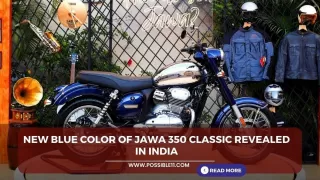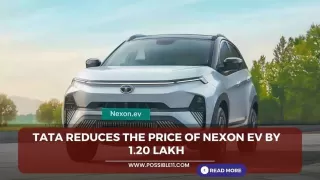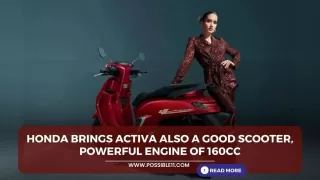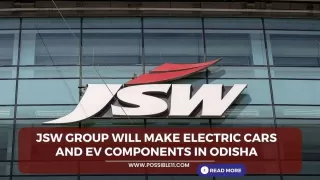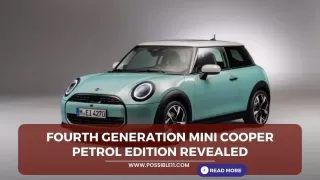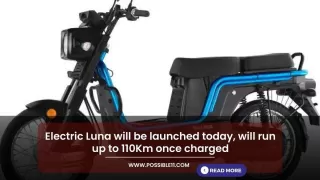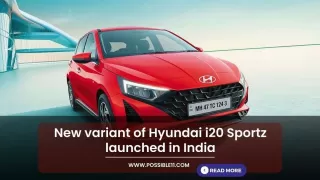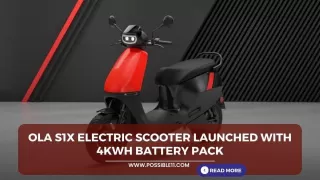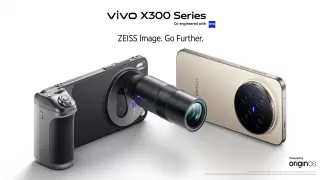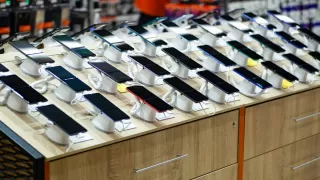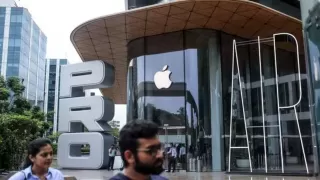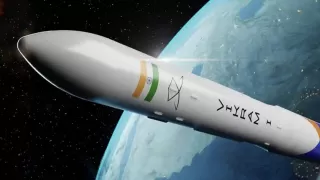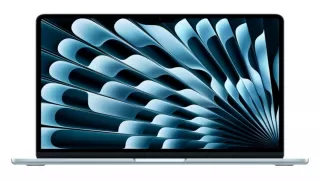What is Hyperloop
Hyperloop is a new form of ground transport currently in development by a number of companies, It could see passengers travelling at over 1280 km/h an hour in floating pod which races along inside giant low-pressure tubes, either above or below ground.
A hyperloop is a proposed high-speed transportation system for both public and goods transport. The idea was picked up by Elon Musk to describe a modern project based on the vactrain concept (first appearance in 1799).Hyperloop systems have three essential elements: tubes, pods, and terminals. The tube is a large, sealed low-pressure system (usually a long tunnel). The pod is a coach pressurized at atmospheric pressure that runs substantially free of air resistance or friction inside this tube using magnetic propulsion (in some cases augmented by a ducted fan). The terminal handles pod arrivals and departures. The Hyperloop, in the initial form proposed by Musk, differs from vactrains by relying on residual air pressure inside the tube to provide lift by aerofoils and propulsion by fans.
What are the benefits of Hyperloop
Supporters argue that Hyperloop could be cheaper and faster than train or car travel, and cheaper and less polluting than air travel. They claim that it's also quicker and cheaper to build than traditional high-speed rail. Hyperloop could therefore be used to take the pressure off gridlocked roads, making travel between cities easier, and potentially unlocking major economic benefits as a result.
How Does the Hyperloop Go So Fast
A hyperloop is able to reach extreme speeds because it addresses one of the most basic rules of physics—friction slows things down.
Hyperloop designs rely on creating a low-friction environment within a tunnel or tube. Individual pods seating a small group of people could then travel at extreme speeds through the tubes.
The hyperloop travels via an efficient electric motor, and friction is reduced in two ways:
Depressurized tunnels create a near-vacuum environment where almost all of the air has been sucked out. This creates an environment where extremely high speeds are possible because there’s minimal aerodynamic drag or wind resistance. Magnetic levitation (maglev) causes each pod to hover. This removed the ground friction of wheels or tires that occurs in other modes of ground transportation. This technology is already being used in high-speed bullet trains. In the image above, the magnets in red are for levitation and propulsion. The magnets in blue are for horizontal stabilization.
There are two maglev methods currently in development for hyperloop applications. Passive maglev uses a specific configuration of magnets that perpetually create current and keep the pod consistently hovering. No external power is needed. In another design, active maglev combines permanent passive-style magnets with electromagnetics. This makes it possible to adjust the current to smooth out the ride.
Which Companies Are Working on Hyperloop
Several companies and research labs are working on hyperloop systems or components. Here are four of the biggest players in the industry.
1. Virgin Hyperloop
Virgin Hyperloop (formerly Hyperloop One) is one of the best-funded hyperloop projects, giving it the most resources for R&D. It’s also leading the pack in patents, and in 2020, it completed the first-ever hyperloop passenger test.
One of its main feasibility studies was how to connect Kansas City and St. Louis, MO, with a hyperloop track along the I-70 corridor. The company is currently designing full-scale pods that would hold 28+ passengers. The final infrastructure would have the ability to move 30,000 passengers an hour.
The company’s timeline is to achieve safety certification by 2025 and carry passenger traffic by 2030. This year, the company will start construction on a $500 million Hyperloop Certification Center in West Virginia that will have a mile-long test track.
2. Hyperloop TT
Hyperloop Transportation Technologies isn’t going it alone. The company has teamed up with other partners in construction and infrastructure. Hyperloop TT may not have as much capital as Virgin Hyperloop, but its business model is to have a broader strategy that builds a coalition with existing industries.
Hyperloop TT has a test track in France. It plans to build a hyperloop between Abu Dhabi and Dubai, with the track becoming operational by 2023. In the U.S., the company is planning to have an operational hyperloop by 2028, connecting Chicago, Cleveland, and Pittsburgh. This route could potentially unify the region’s labor market while reinvigorating regional manufacturing because of the ability to quickly transport goods.
3. SpaceX Elon Musk Hyperloop
Despite Elon Musk having sparked the current hyperloop fervor, Tesla and SpaceX are not doing hyperloop development. Instead, Musk put the challenge out to the world to develop the technology. However, Musk is still involved in the industry. He built a hyperloop test track near SpaceX HQ for student competitions.
Additionally, Musk’s tunnel-digging company could benefit from hyperloop development. The Boring Company could be involved in building underground tunnel infrastructure. Currently, Musk is looking at hyperloop tunnel projects that would connect NYC to Washington, D.C., as well as Los Angeles to San Francisco, and a third tunnel within Texas.
4. JTC20 Hyperloop
In 2020, a consortium of European and Canadian hyperloop companies became another big player in the industry. Collectively working on the issue of international standardization, this joint technical committee will look at regulation, interoperability, and safety. The group includes Hardt Hyperloop (Netherlands), Hyper Poland, TransPod (Canada), and Zeleros Hyperloop (Spain).
IIT-Madras to develop India’s own Hyperloop
IIT-Madras are setting off on a joint mission to develop India’s own Hyperloop, a new system that proposes to use the magnetic levitation technology in tubes to enable travel at aeroplane-like speeds.
It’s the Hyperloop’s low energy requirement that has drawn the Railways towards the project, a statement issued by the ministry said Thursday, highlighting the help this technology can offer as the country endeavours to attain Carbon neutrality.
When complete, the Indian system will be at par with the Virgin Hyperloop facility in the US in terms of functionality but will significantly outperform it in terms of cost, the statement added.
The statement said the Ministry’s interest was piqued when it came to know a team of 70 IIT-Madras students called ‘Avishkar Hyperloop’ has been working on the technology since 2017, applying scalability and frugal engineering concepts for a Hyperloop-based transportation system.
The team, it added, had finished in top-10 global ranking at the SpaceX Hyperloop Pod Competition-2019, the only Asian team to do so. Their project also bagged the ‘Most Scalable Design Award’ at the European Hyperloop Week – 2021.
The project cost, as estimated by the institute, is Rs 8.34 crore, the statement said, adding, “once established, the proposed facility will offer the world’s largest Hyperloop Vacuum Tube that can be used as a Test Bed for further research on Hyperloop by Indian Railways.”





